|
|
|
|
|
|
|
|
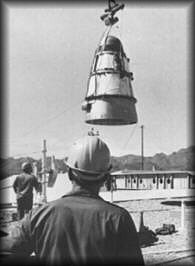 The Reentry vehicle was removed
The Reentry vehicle was removed
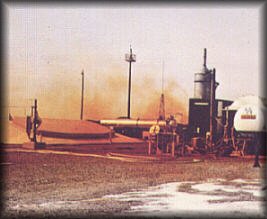 The next stage was removal of the
The next stage was removal of the
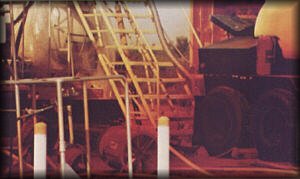 The red cloud you see in these
The red cloud you see in these
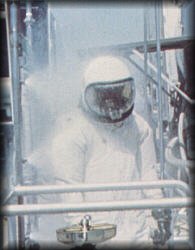 Here is a picture of the suits that were worn by
Here is a picture of the suits that were worn by
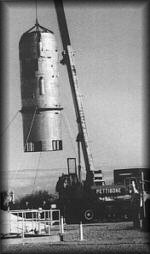 After the propellants were removed,
After the propellants were removed,
 After Stage II removal, Stage I was removed.
After Stage II removal, Stage I was removed.
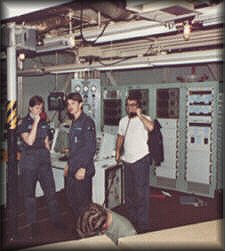 Here is a photo of Control Center Level 2 during salvage.
Here is a photo of Control Center Level 2 during salvage.
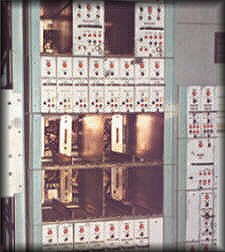 Here is a communications equipment rack
Here is a communications equipment rack
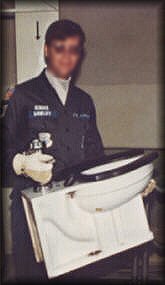 Everything was taken that could be used.
Everything was taken that could be used.
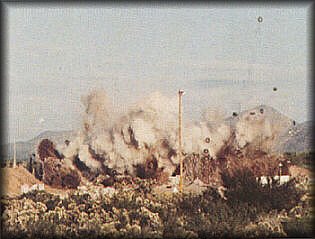 Site demolition consisted of placement
Site demolition consisted of placement
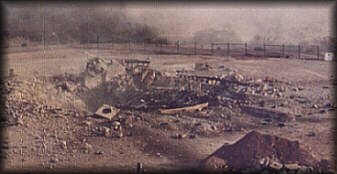 This is the head works
This is the head works
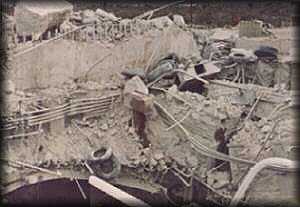 This is a close up of the
This is a close up of the